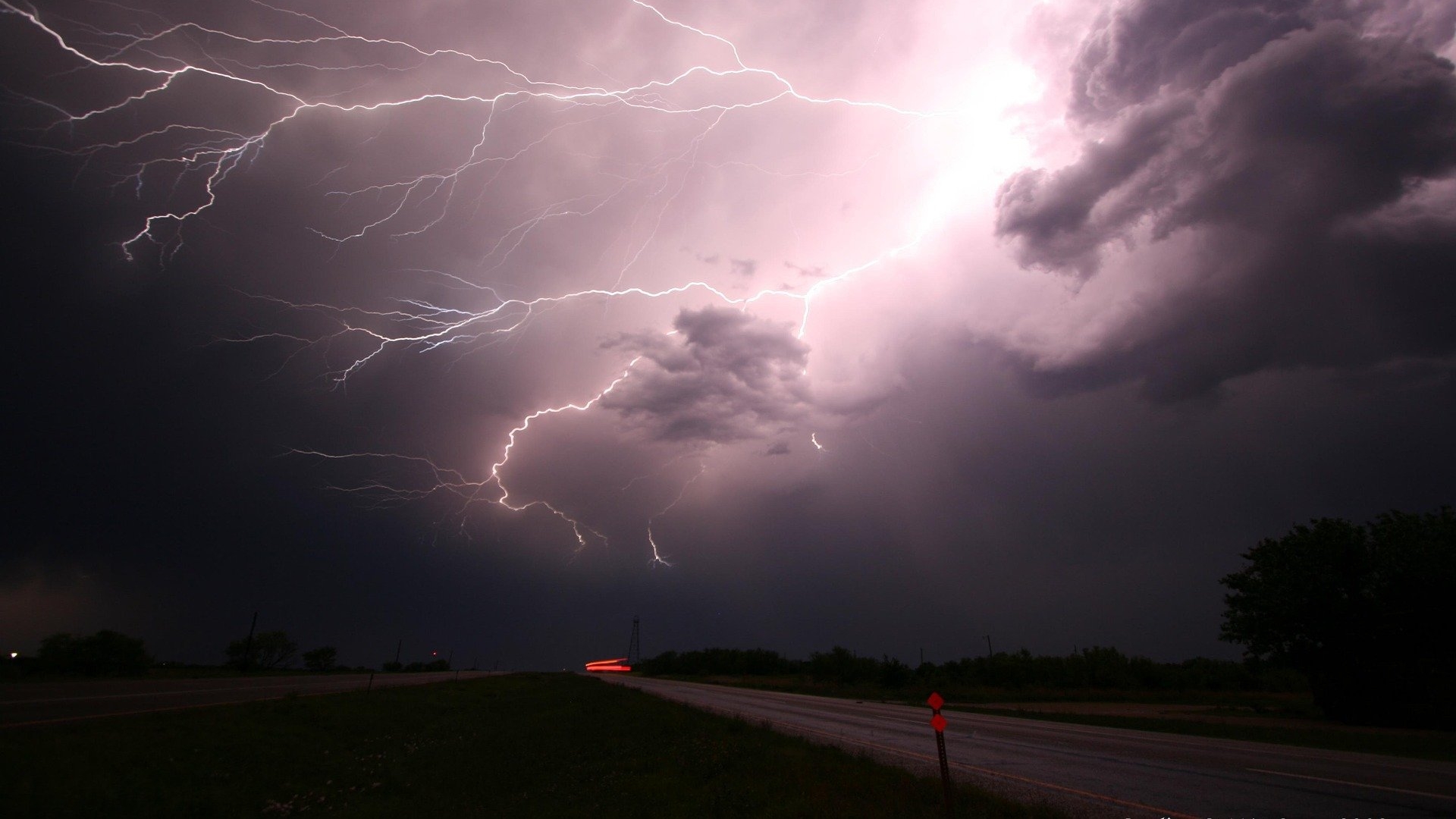There is a lot of technology floating around our blue-green marble and NASA wants to add a bit more with the hopes of gaining a better understanding of the weather and climate change.
NASA wants to create a swarm of satellites it calls SmallSats that would be able to communicate with each other so that scientists could point the swarm at a target and observe it from multiple angles.
“There are several types of swarm configuration being considered,” explains NASA engineer, Sabrina Thompson. “One might be a swarm where satellites will be in different orbits, which will allow them to view a cloud or other phenomenon at different angles. Another swarm could view the same phenomena with similar view, but at different times of the day. A third type of swarm might combine both, with some satellites in the same orbit, following one another with some time offset, and other satellites which may be in orbits with different altitudes and/or inclinations”.
The type of swarm is more important than you might assume. A mix of wide and narrow fields of view is needed and that might inform the sort of SwarmSats NASA uses should this project make it out of the conceptual phase.
But more important than that is how the satellites communicate. This can largely be done autonomously but there is more consideration needed than simply setting a leader and followers. This is because of the effect the atmosphere and Earth’s gravity has on satellites.
NASA says that it could use something called differential drag control which manipulates the forces cause by Earth’s atmosphere to control the time separation between satellites.
“The length of time it takes to perform a differential drag maneuver depends on the spacecraft mass and area, as well as the orbital altitude. For instance, it can take as long as one year or as short as a couple of days, even hours,” explains Thompson.
Should NASA get this right though, it will allow scientists to study particulates in the air based on the reflective properties while also helping us better understand our planet’s climate.
“At a basic level, my research involves evaluating the geometry between instruments on the satellite and the sun,” says Thompson. “These instruments are passive. They require a certain geometry relative to the ground target and Sun to retrieve the science data we want.”
Thompson is developing algorithms that would help determine the best orbital paths and field of views needed to observe a cloud and retrieve the science data needed.
[Image – CC 0 Pixabay]

